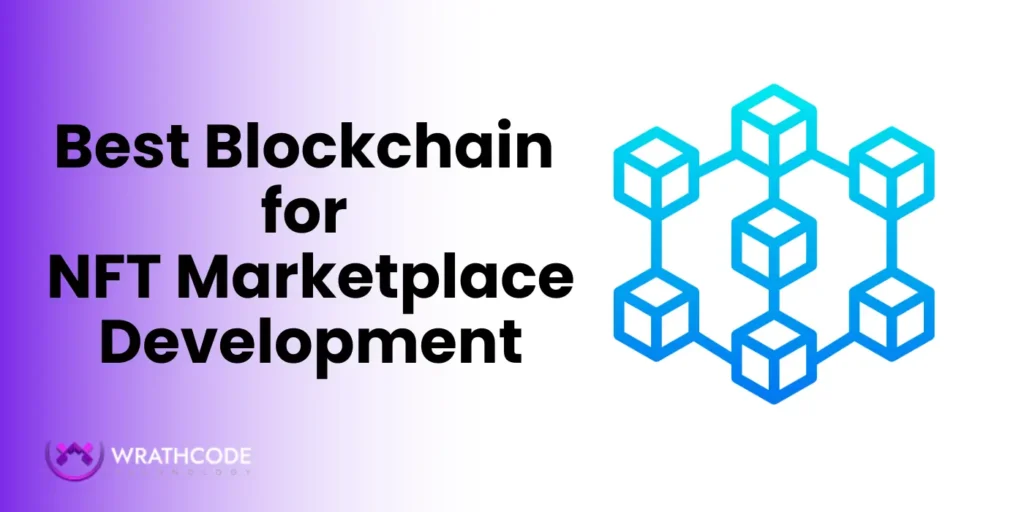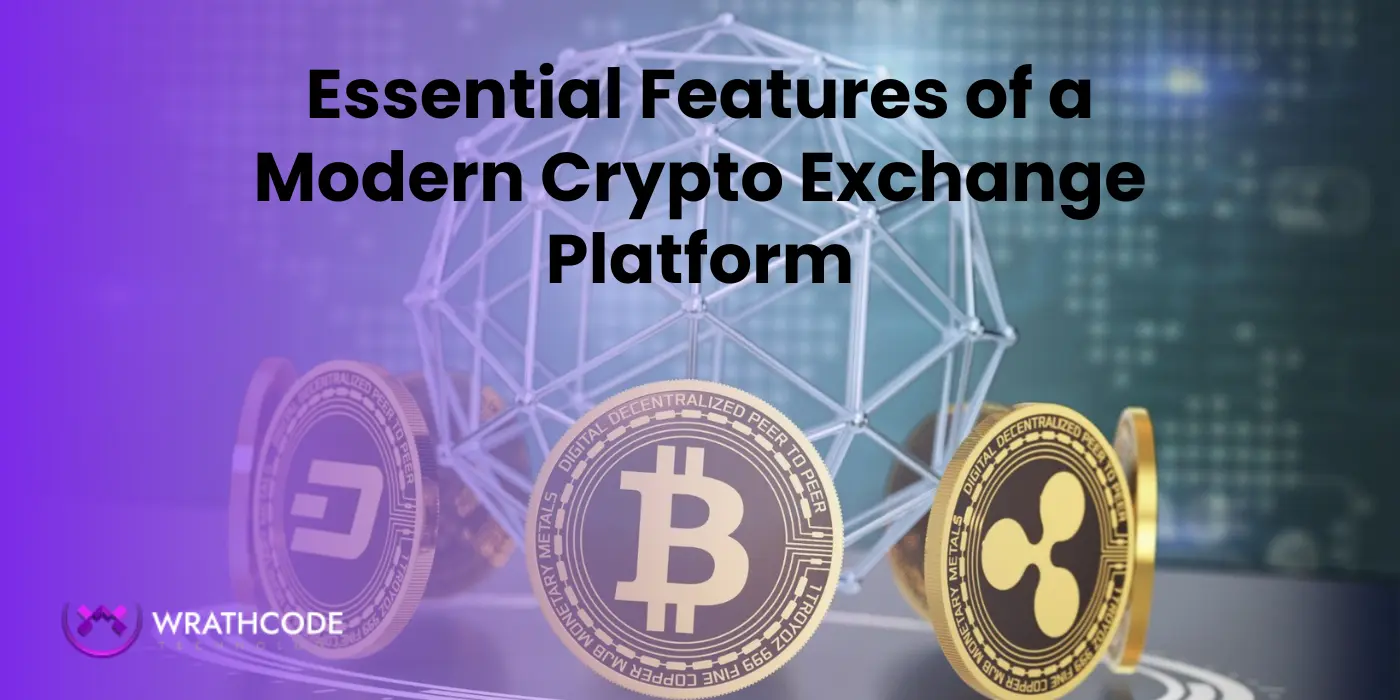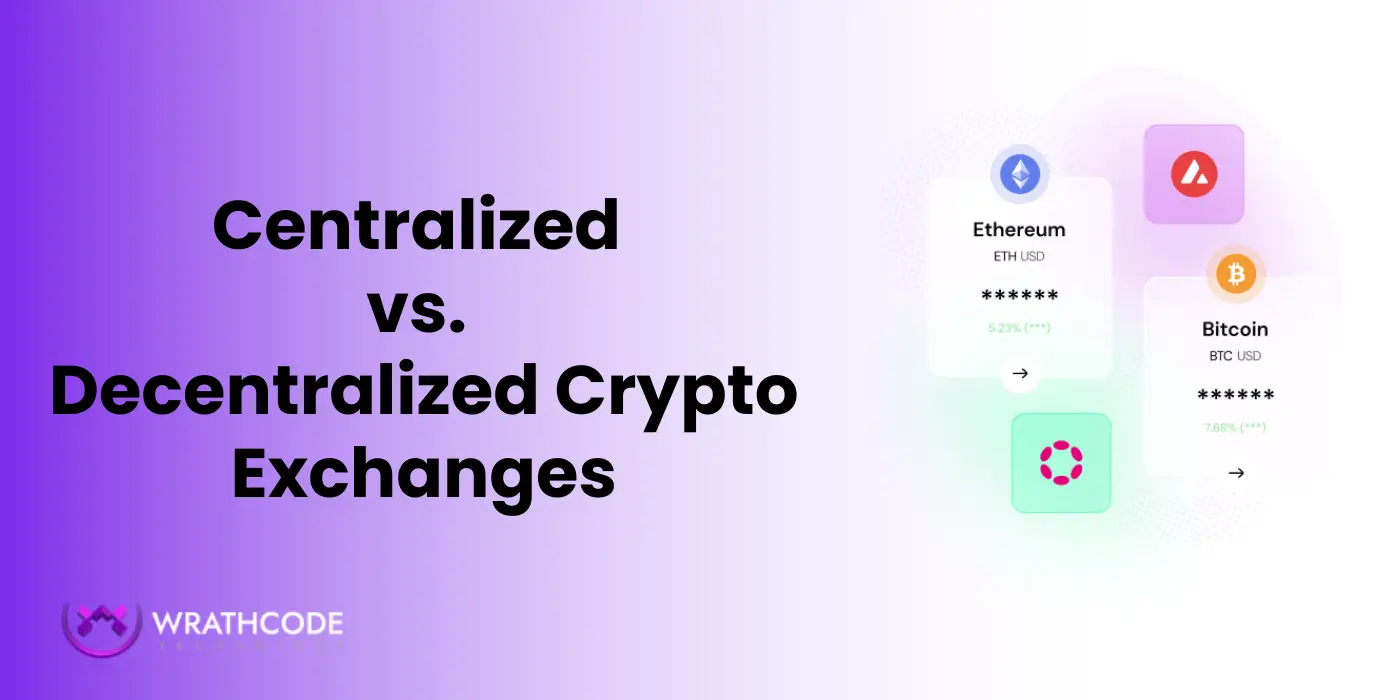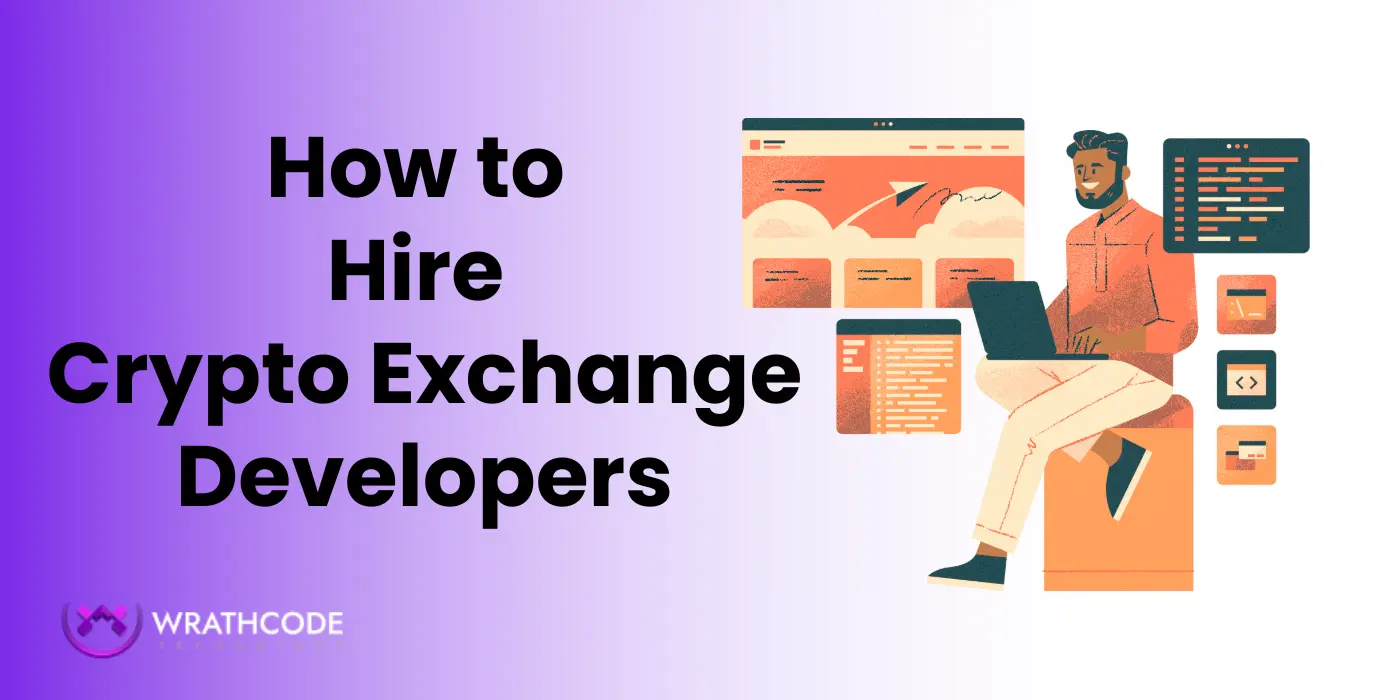
The choice of blockchain decides how an NFT marketplace performs. It controls transaction speed, fees, and security. A wrong choice can lead to slow transactions or high costs, which directly affect user adoption.
Businesses entering the NFT space often ask one question: Which blockchain is best for my marketplace? The answer is not universal. Each blockchain has different strengths and limitations. Some focus on scalability, while others are known for trust and ecosystem size.
This guide breaks down the most widely used blockchains for NFT marketplaces. It explains their pros, cons, and ideal use cases. By the end, you will have a clear path to pick the right blockchain for your NFT marketplace.
Why Blockchain Choice Matters for NFT Marketplaces
The blockchain is the backbone of an NFT marketplace. It defines how assets are created, stored, and transferred. A marketplace built on the wrong chain can face scalability limits, high fees, or security risks.
Here are the key factors that make blockchain choice critical:
- Transaction Speed: A slow network leads to poor user experience. For instance, blockchains with low throughput may struggle when user activity spikes.
- Transaction Costs: Every transaction carries a cost. On chains like Ethereum, fees can rise during heavy demand, making small-value NFTs less practical.
- Security and Decentralization: Blockchains with strong consensus mechanisms protect users from fraud or double-spending. Centralized alternatives may cut costs but increase risk.
- Ecosystem and Community Support: A blockchain with a large developer base and active ecosystem provides better tools, integrations, and long-term stability.
Choosing the right blockchain isn’t just about technology. It directly impacts user trust, marketplace profitability, and growth potential.
Also read – How to Build an NFT Marketplace Step by Step
Top Blockchains for NFT Marketplace Development
Several blockchains are widely used for NFT marketplaces. Each has its own strengths, drawbacks, and ideal applications. Below is a breakdown of the most popular options.
1. Ethereum
Ethereum is the first and most widely used blockchain for NFTs. It introduced standards like ERC-721 and ERC-1155, which power most NFT projects today. Its ecosystem size, security, and network effects make it the most trusted choice.
| Pros | Cons |
|---|---|
| Largest NFT ecosystem | High gas fees |
| Strong developer support | Slower transactions |
| Proven security and decentralization | Scalability challenges |
Best For: Premium NFT marketplaces, luxury digital assets, and projects where trust and reputation are critical.
2. Polygon
Polygon is a Layer 2 scaling solution for Ethereum. It lowers transaction fees and increases speed, while staying compatible with Ethereum’s ecosystem. Many NFT startups choose it for cost efficiency.
| Pros | Cons |
|---|---|
| Very low fees | Less decentralized than Ethereum |
| Fast transaction speed | Relies on Ethereum base layer |
| Ethereum-compatible | Ecosystem smaller than Ethereum |
Best For: Cost-effective NFT marketplaces, gaming, and platforms aiming for mass adoption.
3. Binance Smart Chain (BNB Chain)
BNB Chain, backed by Binance, is a popular choice for NFT projects. It offers high speed and low costs, with the advantage of Binance’s large user base.
| Pros | Cons |
|---|---|
| Low transaction costs | Centralized compared to Ethereum |
| High throughput | Limited NFT adoption vs Ethereum |
| Backed by Binance ecosystem | Fewer standards than Ethereum |
Best For: Affordable NFT marketplaces, gaming projects, and businesses targeting Binance’s global audience.
4. Solana
Solana is known for its high throughput and low transaction fees. It is favored by projects that need speed at scale, such as gaming and trading platforms.
| Pros | Cons |
|---|---|
| Thousands of TPS (transactions per second) | History of network outages |
| Extremely low fees | Less decentralized than Ethereum |
| Growing NFT ecosystem | Still maturing ecosystem |
Best For: Marketplaces needing fast transactions and platforms with high-frequency activity.
5. Flow
Flow was built specifically for NFTs and digital collectibles. Big brands like NBA Top Shot and Ubisoft use it. It offers user-friendly onboarding and is optimized for consumer adoption.
| Pros | Cons |
|---|---|
| Built for NFTs | Smaller ecosystem than Ethereum |
| Adopted by major brands | Limited blockchain versatility |
| Easy user onboarding | Lower liquidity compared to Ethereum |
Best For: Entertainment, sports, and mainstream NFT marketplaces.
6. Tezos
Tezos focuses on being an eco-friendly blockchain with Proof-of-Stake. It has gained traction among artists and projects that highlight sustainability.
| Pros | Cons |
|---|---|
| Energy-efficient | Smaller community |
| Low fees | Limited adoption |
| Secure Proof-of-Stake | Fewer tools compared to Ethereum |
Best For: Eco-conscious NFT projects, digital art, and sustainable marketplaces.
Blockchain Comparison for NFT Marketplace Development
Choosing between blockchains can feel complex. Each chain offers different transaction speeds, fees, and ecosystem support. To simplify this decision, here’s a direct comparison of the most popular options used for NFT marketplace development.
| Blockchain | Transaction Speed | Fees | Ecosystem Size | Decentralization | Best For |
|---|---|---|---|---|---|
| Ethereum | Moderate | High | Largest NFT ecosystem | Very strong | Premium NFT marketplaces, high-value assets |
| Polygon | Fast | Very low | Growing, Ethereum-compatible | Lower than Ethereum | Cost-effective, gaming, mass adoption |
| BNB Chain | Fast | Low | Backed by Binance ecosystem | More centralized | Affordable marketplaces, gaming |
| Solana | Very fast (thousands TPS) | Very low | Expanding | Moderate | High-frequency trading, large-scale marketplaces |
| Flow | Moderate | Low | Medium, brand adoption | Strong | Sports, entertainment, mainstream NFTs |
| Tezos | Moderate | Low | Small | Strong | Eco-friendly, sustainable NFT projects |
How to Choose the Best Blockchain for Your NFT Marketplace
No single blockchain is the right choice for every project. The decision depends on budget, target users, and long-term goals. Below are the key factors that help narrow down the best option.
1. Define Project Goals
Are you building a premium marketplace for rare digital art or a mass-market platform for collectibles?
- For high-value assets, Ethereum remains the safest bet.
- For low-cost, scalable platforms, Polygon or Solana work better.
2. Budget Consideration
Development costs are not the only expense. Gas fees and transaction costs matter too.
- Tight budgets → Polygon, BNB Chain, or Tezos.
- Premium positioning → Ethereum.
3. Type of NFTs
Different blockchains suit different asset types.
- Gaming and high-volume trades → Solana, Polygon, BNB Chain.
- Art and luxury collectibles → Ethereum, Flow.
- Eco-conscious projects → Tezos.
4. Long-Term Scalability
If you expect thousands of users, scalability is critical.
- Solana and Polygon handle large transaction volumes better.
- Ethereum provides security but needs Layer 2 scaling for speed.
5. Community and Ecosystem
A strong developer ecosystem ensures easier integrations, tools, and long-term support.
- Ethereum leads in community and adoption.
- Flow and Tezos are more niche but have loyal supporters.
Also read – Can I Convert NFT to Real Money?
Our Recommendation
If you want to build a successful NFT marketplace, the best choice today is Polygon. It combines low fees, fast transactions, and full Ethereum compatibility. This makes it practical for both startups and established businesses that want to attract a wide user base without high costs.
For projects dealing with high-value NFTs where brand trust and security are non-negotiable, Ethereum is the right option. Many businesses also choose to launch on Ethereum with Polygon support, which balances security with scalability.
Get Started with Your NFT Marketplace
The right blockchain sets the foundation for your NFT marketplace. Wrathcode in Jaipur specializes in building NFT marketplaces on Polygon, Ethereum, and multi-chain setups. Whether you need scalability, security, or a mix of both, we deliver solutions that match your goals.
👉 Ready to launch your NFT marketplace? Contact us today and get a clear roadmap for your project.
FAQs
Polygon and BNB Chain are the cheapest options. Both offer very low gas fees and fast transaction speeds, making them suitable for startups and businesses with tight budgets. If your goal is to launch quickly while keeping costs manageable, Polygon is the most reliable choice.
Solana and Polygon are the best options for gaming NFTs. They handle large volumes of transactions at very low costs, which is essential for in-game assets and frequent trades. Solana offers speed, while Polygon ensures Ethereum compatibility, making both ideal for gaming-based NFT marketplaces.
Yes, you can build an NFT marketplace on multiple blockchains. Many businesses start with Ethereum for security and add Polygon for scalability. A multi-chain setup allows you to reach different user bases while ensuring cost efficiency and strong ecosystem support, making your marketplace more versatile and future-ready.
Yes, Ethereum is still worth it. Despite higher gas fees, it offers unmatched security, the largest NFT ecosystem, and global recognition. For premium projects where brand reputation and long-term trust are priorities, Ethereum remains the safest choice. Many businesses offset costs by integrating Polygon alongside Ethereum.
Tezos is the most eco-friendly blockchain for NFTs. It uses a Proof-of-Stake model that consumes far less energy compared to Proof-of-Work chains. Many artists and sustainable NFT projects choose Tezos to align with environmental values while still enjoying low transaction costs and secure blockchain technology.




Leave a Reply